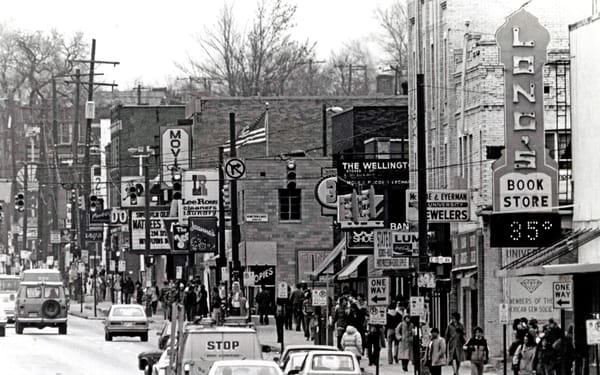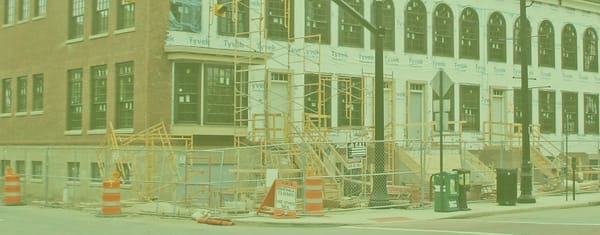Jobs and housing are coming to a head. Let's get to work 🙌
What part will you play in welcoming new neighbors? 🙋♀️
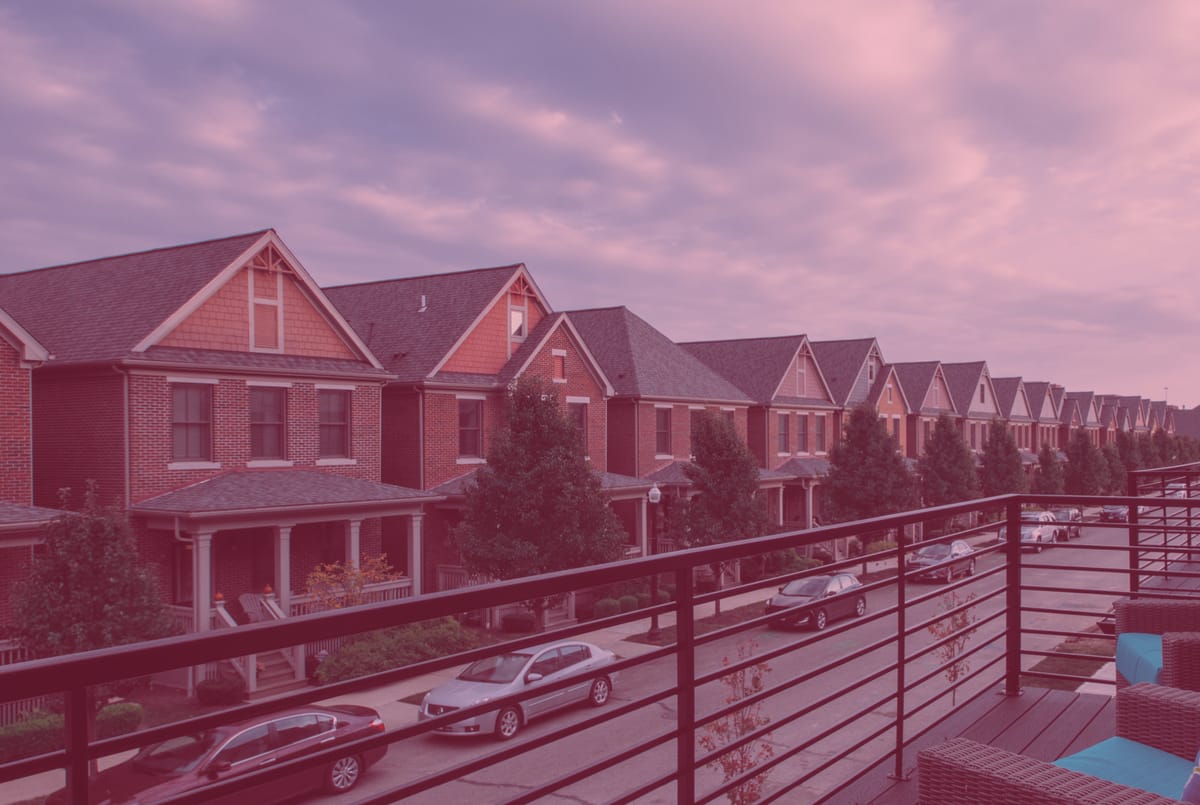
Hello and a belated happy new year to you and yours! It’s been awhile, but things haven’t slowed down in Central Ohio. Developments keep going up and individual land use battles keep waging site-by-site, neighborhood-by-neighborhood, and city-by-city in a patchwork attempt to meet regional housing needs for our growing population. In this edition, you’ll find some of the reasons Neighbors for More Neighbors—Columbus supports creating an environment of abundant housing in Central Ohio, how those conversations are playing out at the local level, and how the politics of homeownership have been weaponized to advance exclusionary attitudes. Enjoy and don’t hesitate to get in touch if you want to connect!

We’re hosting a strategy session to talk about the pro-housing movement, set our agenda, and build momentum to create abundant housing in Central Ohio.
What: Spring Strategy Session
When: Monday, March 20 from 6pm to 7:30pm
Where: Parsons Branch — Columbus Metropolitan Library
Meeting Room 2, 1113 Parsons Avenue, 43206
Who: Neighbors who want more neighbors
Why: To inform our direction, priorities, and strategies
Join our first brainstorming session to help shape the vision and direction of N4MN in Central Ohio! We’re looking to get about 20 eager minds in a room to work on how Neighbors for More Neighbors—Columbus can be a better platform to advocate for increased housing supply, diversity, and density throughout Central Ohio. This event is an opportunity to collectively plan our approach to education, organizing, and advocacy.
Due to limited capacity in the space, registration is required.
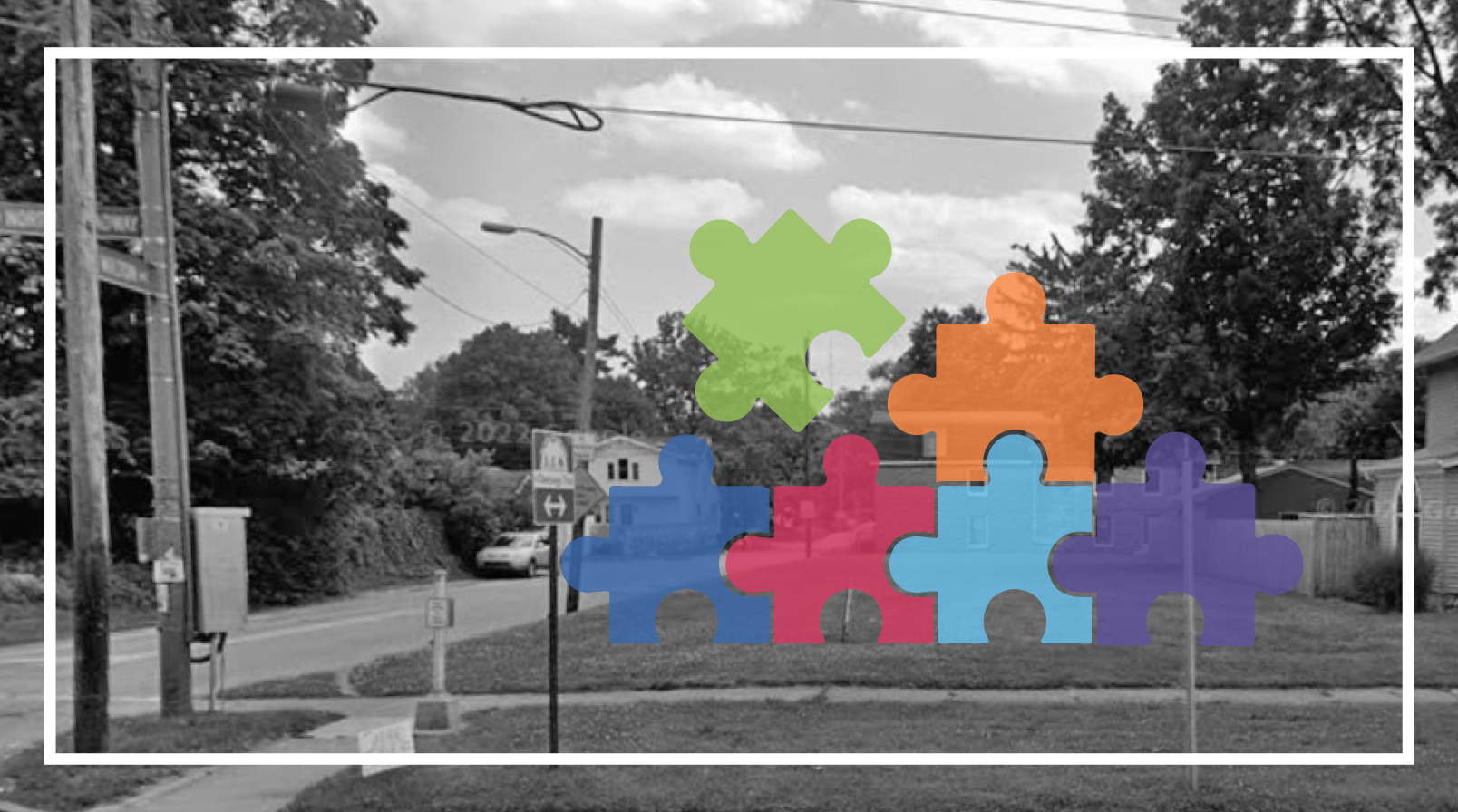
Project Spotlight: Clintonville project brings out unwelcoming spirit among neighbors
Under a new proposal, a long-vacant lot in Clintonville could become home for a few new households. The idea has sparked debate among neighbors and motivated some to speak out against multi-family housing in a neighborhood with hundreds of historic duplexes and small-scale apartment buildings.
The arguments against the proposal (located at the corner of West North Broadway and Milton Avenue) fall into familiar buckets: congestion, parking, character, and property values. Below are some actual excerpts from opposition letters sent to the Clintonville Area Commission:
- “We do not agree with this proposal being approved in an already dense, highly congested area. We strongly feel it would adversely affect the quality of living in our home and decrease the value of it.”
- “There is a high likelihood that cars will park on neighborhood streets.”
- “There is barely room for one residence, let alone three.”
- “We understand the need for affordable housing in Columbus. However, allowing a duplex and single family structure on this small lot will create major parking issues.”
- “This use is out of character with the neighborhood.”
- “Zoning ordinances exist to keep property values stable.”
The arguments used in these excerpts are inconsistent, shallow, and illusory. Concern about new neighbors parking on neighborhood streets lacks merit: they’ll be residents, and if they own vehicles they’ll be parking along public roadways (for free) just as some current residents and their visitors do. The comment about understanding the need for affordable housing is off-base as well: this would likely not below market-rate housing. It’s the comments about character, however, that seem particularly misguided. Given the historic stock of multi-family houses throughout Clintonville, two- and three-unit buildings are a defining feature of the area.
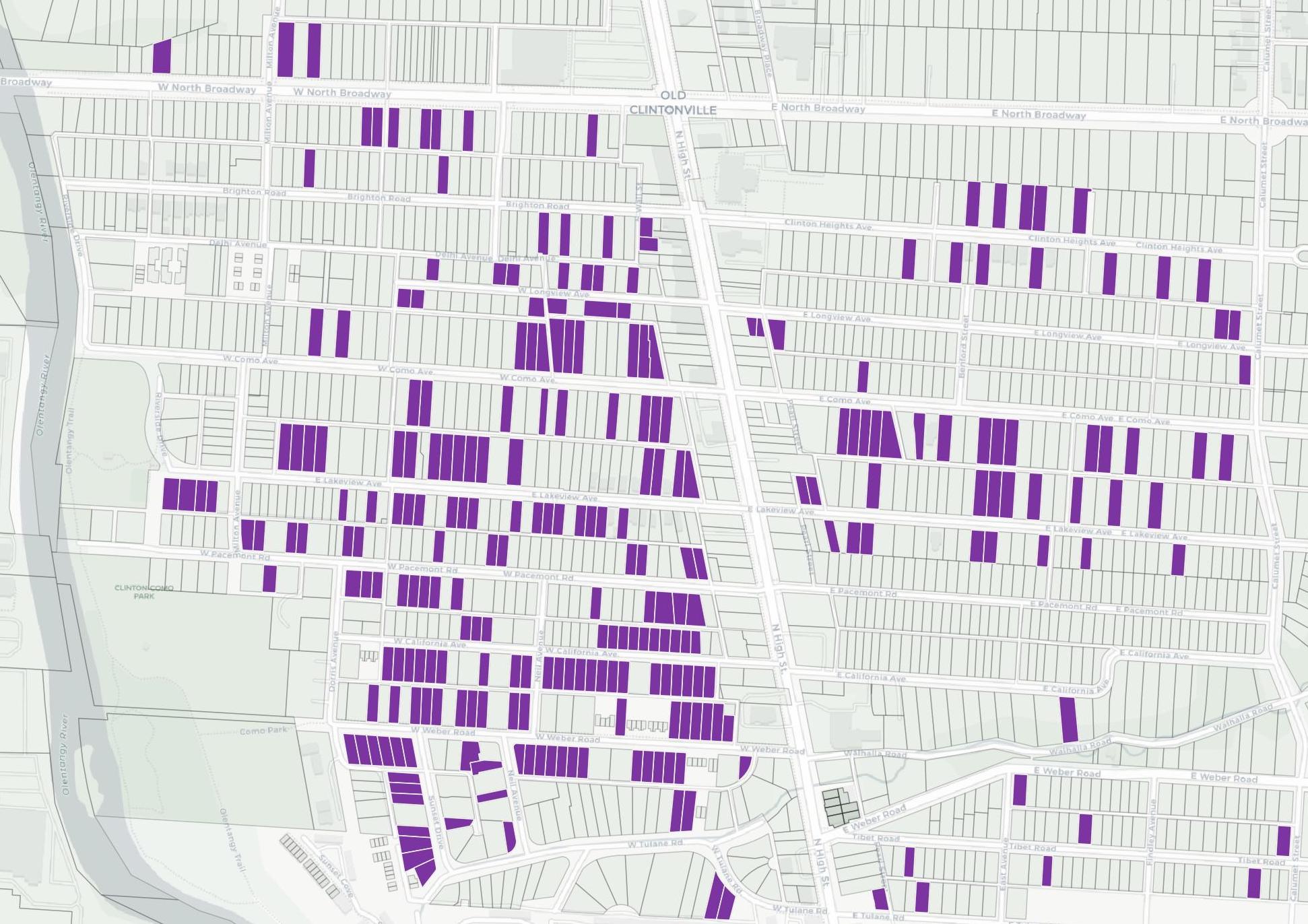
A little data crunching shows how arguments that anything but a single-family home would be out of character with the area carry no water. This map shows 269 parcels classified as containing a two dwelling structure, with 58 of them being owner-occupied. Keep in mind, this map doesn’t even show three- and four-unit buildings (like this one on Pacemont), only duplexes. Furthermore, the dwellings shown here were all constructed prior to 1950, demonstrating how multi-family housing is part of the heritage of Clintonville. Arguments that this project would harm property values seem particularly fallacious given that property values in the area have risen astronomically despite the presence of historic multi-family housing stock.
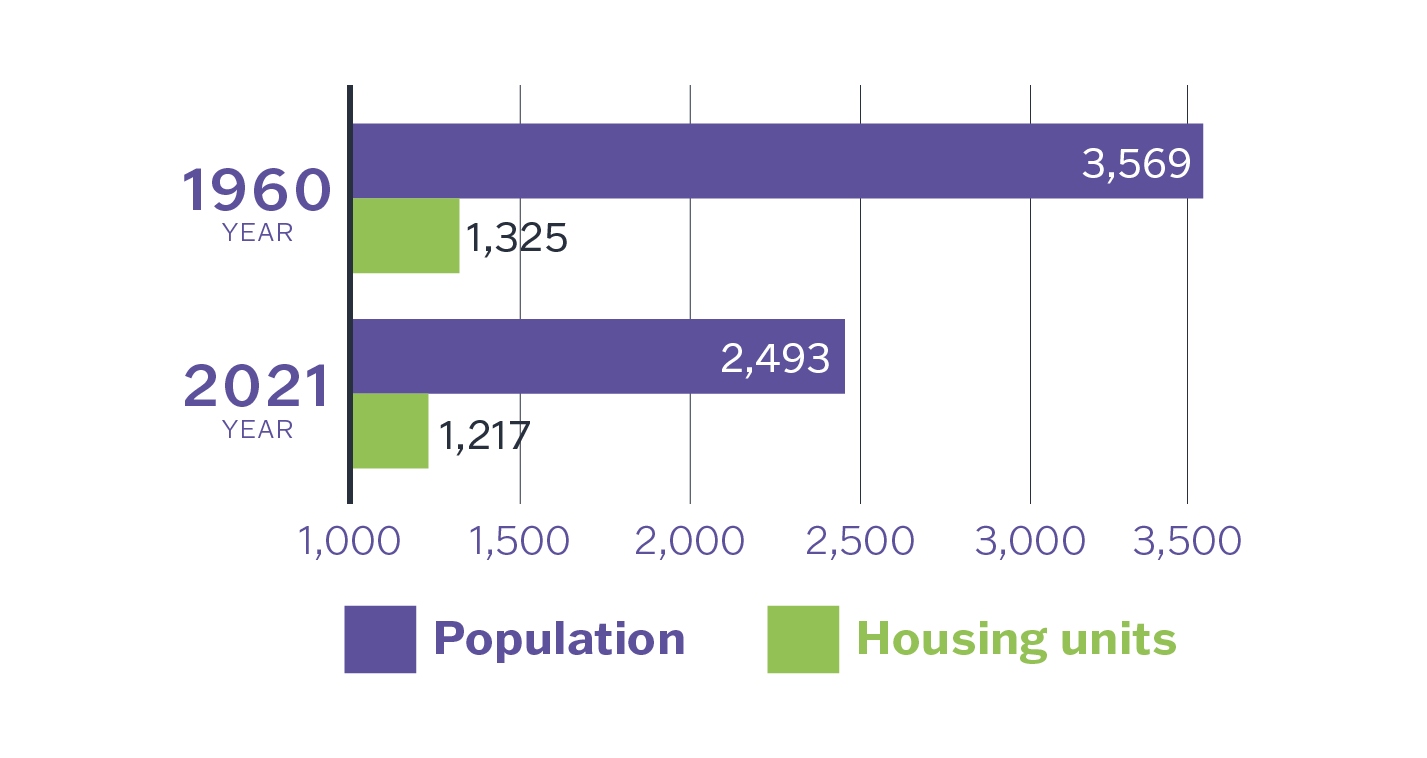
But it’s the point about zoning being a tool to stabilize property values that is particularly problematic. Is the primary function of local government’s land use power really to enrich property owners? There are many other competing concerns, particularly those of equity, that government must consider when making land use decisions. The current obsession (typically stemming from property owners themselves) that zoning should protect their personal financial investment warrants reconsideration.
If you live in Clintonville, consider contacting the commission to let them know you support the variances for this simple proposal and that you support zoning reform more generally to relegalize multi-family dwellings in historic urban neighborhoods.
📚 The Book Beat

In No Place Like Home, Brian McCabe unravels the myths of homeownership’s ties to good citizenship and reveals the ‘dark side of participation’
McCabe, B. J. (2016). No Place Like Home: Wealth, community, and the politics of homeownership. Oxford University Press.
McCabe’s 2016 book is a revealing perspective on the overwhelmingly positive ideology of homeownership in the United States. His research shows how homeownership is often weaponized via the local politics of exclusion by asserting outdated and overblown claims to political legitimacy that disempower and delegitimize renters as inferior citizens.
He demonstrates how tax policies favor homeownership and incentivize affluent households to tie-up more of their assets in housing. The way these policies center the financial aspect of the personal dwelling has contributed to a toxic community engagement paradigm in which “…homeowners have come to see their community involvement as a way to bolster property values” (p.137). It follows, given the importance of housing as a financial investment, that investors (homeowners) subsequently engage in local politics in a way that places their financial gain as the highest priority, even above public benefits or common good.
A major finding of this book, through an analysis of survey data, shows how claims about the benefits of homeownership to civic engagement are largely overstated when adjusted for length of residential tenure. Put simply, many of the positive behaviors associated with homeowners are also associated with residents who have lived in the same household for five years or more. This evidence demonstrates how claims that homeowners are more likely to do certain things, like vote, are actually overstated since those effects are also seen in long-term renters and are more reflective of wealth and educational attainment than homeownership in a causal sense. For example: “The average homeowner might be more likely to vote in an election, for example, because she is wealthier and has a higher level of education than the average renter, not because she owns her own home” (p.79).
Moreover, the idea that urban planning should uncritically support more community engagement is challenged by McCabe’s research as it reveals how homeowners weaponize public participation processes as “a tool for maintaining existing structures of social inequality and reinforcing the boundaries of power in local communities”— something he refers to as “the dark side of participation” (p.105). McCabe writes, contrary to a dominant tenet of planning, that “…heightened engagement does not always lead to more inclusive places” (p.115-116).
Without attempting to demonize homeowners as self-interested NIMBYs, McCabe successfully complicates “the narrative of homeowners as active citizens committed to the common good by highlighting their contribution to exclusionary politics” (p.116). Simply put, the financial stake homeowners have in their community comes to shape their perspective on land use in a way that excludes new residents.
🗞️ Recent Housing News 🏘
Ginther: Columbus area communities must stop adding jobs without allowing new homes, people
28 February 2023, Columbus Dispatch
“As our region has grown, we’ve built fences around the places of high opportunity and priced certain neighbors out from accessing those opportunities. We all need to look at how our zoning codes and the regulatory and permitting challenges we put on housing development is leading to underproduction of housing to serve our region.” — Mayor Ginther
- Columbus home construction rises to 18-year high, but falls short of need
3 March 2023, Columbus Dispatch - More Downtown Columbus housing is coming, but will demand follow?
1 March 2023, Columbus Dispatch - A surge of housing proposed for downtown Columbus27 February 2023, Columbus Dispatch
- High priced rents 'pricing out' people in Central Ohio
14 February 2023, WSYX ABC6 - Real Estate Agents and Lenders Say 2023 Could Bring the Return of a Buyer’s Market
13 February 2023, Columbus Monthly - Central Ohio's population now projected to exceed 3 million by 2050, boosted by new economic development projects
2 February 2023, Columbus Business First - Which Central Ohio cities are most and least expensive for renters?
31 January 2023, Columbus Business First - Intel's impact: One year after announcement, housing market stays hot
23 January 2023, Columbus Business First - Five numbers to know about Columbus real estate in 2023
20 January 2023, Columbus Dispatch - Worthington considering asking for $1.1M affordable housing bond issue on November ballot
16 January 2023, Columbus Dispatch - Low-income housing projects on Columbus' Southeast Side, Bexley get $640,000 in grants
7 January 2023, Columbus Dispatch - Affordable housing biggest challenge to central Ohio economy, execs say
6 January 2023, Columbus Dispatch - Here's what experts say 2023 holds for Columbus real estate
5 January 2023, Axios Columbus - Preparing for Intel a final exam for Licking County planners, officials
1 January 2023, Newark Advocate
*Stay connected with Neighbors for More Neighbors—Columbus*
If someone forwarded this email to you and you didn’t mind it too much, go ahead and subscribe <3
Thanks for reading Neighbors for More Neighbors—Columbus! Subscribe for free to receive new posts and support our work.

